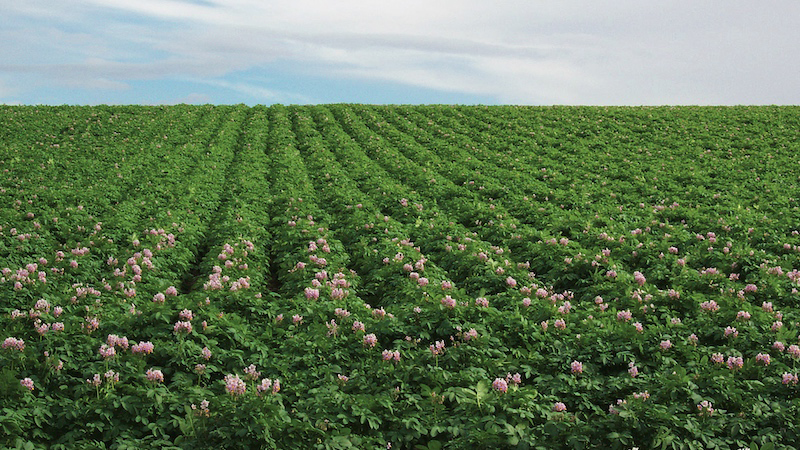Safeguarding Apples From Outside Threats
Liberalization of international trade in agriculture has increased the potential for the introduction of damaging foreign agricultural pests into the U.S. Given the economic harm these exotic and invasive insects and plant diseases can cause American fruit growers, USApple is closely consulting with our government’s quarantine officials to ensure appropriate safeguards are in place to protect the American apple industry.
To effectively work with the federal government, USApple has utilized a team of scientific experts to evaluate potential threats to the apple business. In 2001, technical experts within the U.S. deciduous tree fruit industry formed the Tree Fruit Technical Advisory Council (TreeTAC) to address serious sanitary and phytosanitary issues affecting imports of apples and pears.
The TreeTAC scientists, comprised mainly of individuals with doctorates in plant pathology, entomology, and food science, consult with USDA’s Animal and Plant Health Inspection Service (APHIS), the U.S. Food and Drug Administration (FDA), and other federal agencies responsible for safeguarding U.S. agriculture and consumers against the introduction of harmful pests and microbial contaminants.
Led by Chairman Dr. Jim McFerson of the Washington Tree Fruit Research Commission, its members include Dr. David Rosenberger of Cornell University, Dr. Robert Binkley of Knouse Foods Cooperative, Inc., Dr. Jay Brunner of Washington State University, Dr. Douglas Pfeiffer of Virginia Tech, Dr. John Wise of Michigan State University, Dr. Michael Willet of the Northwest Horticultural Council, and Dr. Broc Zoller of Kelseyville, CA.
USApple is an integral part of TreeTAC, jointly administering the group with the Northwest Horticultural Council. Since its inception, TreeTAC has successfully protected the American tree fruit crop, especially apples. Its experts work to ensure that potential imports of tree fruits pose no insect or disease threats to our domestic production areas or food safety concerns to the U.S. market.
Taking Action
In 1998, China requested permission to ship fresh apples to the U.S. market. Over the last decade, China’s petition to enter into the U.S. fresh apple market has been re-evaluated at bilateral meetings between the U.S. and Chinese governments each year. These meetings are held to discuss various agricultural trade issues, including apples. TreeTAC attends these meetings to protect the interests of the U.S. industry. Since China’s initial petition, it has been found that there are numerous plant and pest diseases that pose a major threat to American orchards.
To date, 52 pests have been identified as potential quarantine concerns. APHIS has asked its counterpart agency in China to provide additional information about these pests to determine whether they are a threat to the domestic apple industry and how these pests can be controlled to prevent their introduction to U.S. orchards.
TreeTAC provides accurate scientific pest and disease data to APHIS, who is ultimately responsible for the rigorous scientific assessment needed to ensure that any imported produce, including apples, does not present a threat to the U.S. agriculture industry. APHIS carries out its protective responsibilities by establishing policies that regulate the imports of agricultural products. These trade regulations are based on an assessment of risks and science policies.
Outbreaks of pests and disease, such as the Asian longhorned beetle, emerald ash borer, citrus canker, plum pox virus, Mexican fruit fly, and Karnal Bunt, are estimated to have caused billions of dollars in economic damage to American agriculture annually. Most recently, USDA has invested millions to quarantine and fight the spread of light brown apple moth, a pest native to Australia, since it was found in California in early 2007. USApple believes it is far better to prevent serious crop damage before it happens rather than try to eradicate it after the fact.









